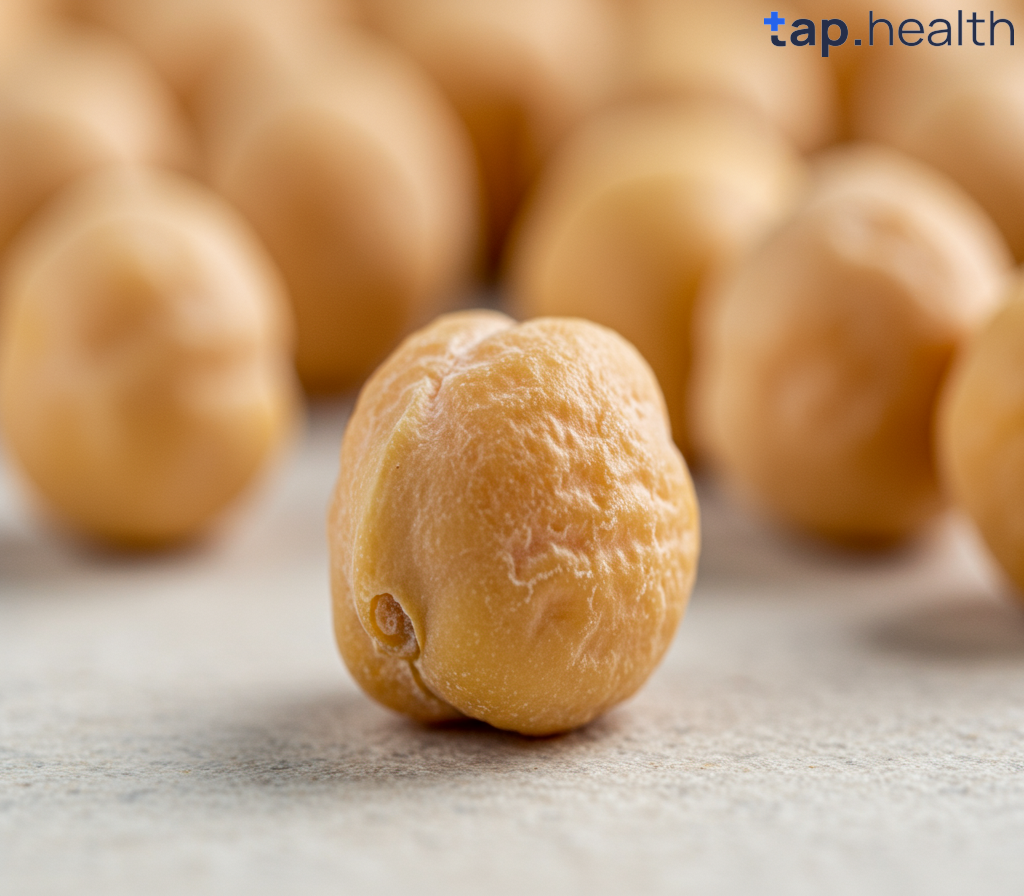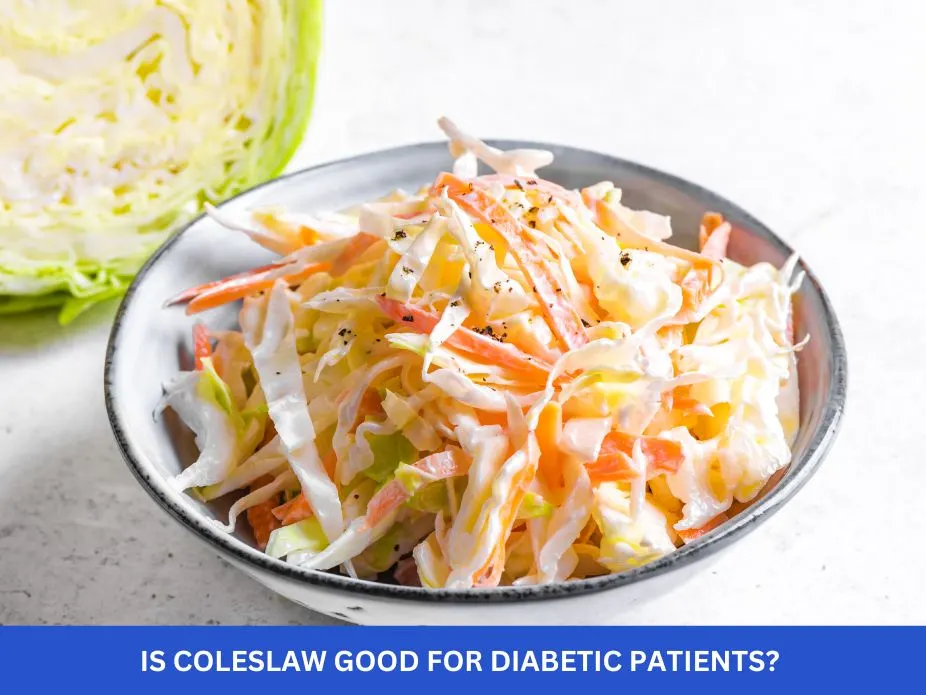Managing diabetes requires careful attention to diet, and it’s crucial to choose foods that help regulate blood sugar levels while providing essential nutrients. One food that has garnered attention for its health benefits is chickpeas. Often seen as a versatile legume in many dishes, chickpeas are not just delicious, but they also offer a wide range of health benefits, especially for people with diabetes.
In this blog, we will explore whether chickpeas are good for diabetic patients, their nutritional profile, and how they can play an important role in managing blood sugar. We will also address some frequently asked questions and look at how you can incorporate chickpeas into your diet in healthy ways.
What Are Chickpeas?
Chickpeas, also known as garbanzo beans, are small, round legumes that are a staple in many parts of the world. They are commonly used in Mediterranean, Middle Eastern, and South Asian cuisines. Chickpeas are often ground into a paste to make hummus, added to soups and salads, or used in curries and stews.
What makes chickpeas especially valuable is their nutrient density. They are rich in protein, fiber, and micronutrients like folate, iron, and magnesium. These nutrients are vital for overall health, and they make chickpeas an excellent choice for anyone looking to eat a balanced and nutritious diet.
But what makes chickpeas even more important for diabetic patients is their ability to help regulate blood sugar levels, which is critical for managing diabetes.
Nutritional Profile of Chickpeas
To understand why chickpeas are beneficial for diabetic patients, let’s take a closer look at their nutritional profile. Here’s what you can expect from one cup (164 grams) of cooked chickpeas:
- Calories: 269
- Protein: 14.5 grams
- Fiber: 12.5 grams
- Carbohydrates: 45 grams
- Fats: 4 grams
- Iron: 4.7 mg (26% of the daily recommended value)
- Folate: 282 micrograms (71% of the daily recommended value)
- Magnesium: 78 mg (19% of the daily recommended value)
As you can see, chickpeas are high in protein and fiber, both of which play an important role in managing blood sugar levels. The fiber helps slow the digestion of carbohydrates, reducing the impact of glucose on blood sugar. Protein, on the other hand, helps keep you full and promotes muscle health.
Is Chickpea Good for Diabetic Patients?
Yes, chickpeas are an excellent food choice for diabetic patients, and here’s why:
1. Regulates Blood Sugar Levels
One of the primary concerns for people with diabetes is blood sugar control. Chickpeas are considered a low glycemic index (GI) food, meaning they have a minimal impact on blood sugar levels. Foods with a low GI are digested slowly, leading to a gradual increase in blood sugar, which is ideal for diabetes management.
The GI of chickpeas is around 28-32, which is quite low compared to other carbohydrate-rich foods like white bread or potatoes. This means that chickpeas are a much better option for keeping blood glucose levels stable and avoiding the rapid spikes that can occur with high-GI foods.
How Does This Work?
The high fiber content in chickpeas slows down the absorption of glucose into the bloodstream. This means that when you eat chickpeas, the sugars from the food enter your blood more gradually, giving your body time to process them and use them for energy without overwhelming your insulin system.
2. Improves Insulin Sensitivity
For individuals with type 2 diabetes, insulin resistance is a common issue. This means that the body becomes less responsive to insulin, making it harder to control blood sugar. Chickpeas can help improve insulin sensitivity, which means the body becomes better at using insulin to regulate blood sugar.
Chickpeas are rich in fiber and protein, both of which contribute to better insulin function. Fiber helps slow down the release of glucose into the bloodstream, while protein aids in reducing insulin resistance, making it easier for the body to use insulin effectively.
3. Heart Health Benefits
Diabetes increases the risk of heart disease, and heart health should be a priority for people with diabetes. Chickpeas can play an important role in reducing the risk of heart disease due to their beneficial impact on cholesterol and blood pressure.
Cholesterol Control
Chickpeas are rich in soluble fiber, which has been shown to help lower LDL (bad) cholesterol levels. By lowering cholesterol, chickpeas can help prevent plaque buildup in the arteries, reducing the risk of heart attacks and strokes.
Blood Pressure Regulation
High blood pressure (hypertension) is common in people with diabetes. Chickpeas contain potassium, which helps regulate blood pressure by balancing the effects of sodium in the body. By promoting healthy blood pressure levels, chickpeas support overall cardiovascular health.
Health Benefits of Chickpeas for Diabetic Patients
1. Helps Manage Weight
Managing weight is another key component of diabetes care. Obesity is a major risk factor for type 2 diabetes, and losing excess weight can significantly improve blood sugar control. Chickpeas can help with weight management because they are high in both protein and fiber. These nutrients promote satiety, which helps prevent overeating and snacking between meals.
Chickpeas are also a low-calorie food, making them a great option for anyone looking to control their caloric intake. By including chickpeas in your meals, you can feel fuller for longer, helping to control hunger and maintain a healthy weight.
2. Digestive Health
The high fiber content in chickpeas also supports digestive health. Fiber is essential for maintaining regular bowel movements, preventing constipation, and promoting overall gut health. For people with diabetes, digestive issues are often a concern, so incorporating fiber-rich foods like chickpeas can help improve digestion and keep the gastrointestinal system functioning properly.
How to Include Chickpeas in a Diabetic Diet
Incorporating chickpeas into your diet is easy, and there are many delicious ways to enjoy them. Here are a few ideas:
- Hummus: Blend chickpeas with olive oil, lemon juice, tahini, and garlic to make a tasty and healthy dip.
- Salads: Add chickpeas to your favorite salad for a protein boost.
- Soups and Stews: Chickpeas add flavor and texture to soups and stews, making them heartier and more filling.
- Curries: Chickpeas are commonly used in curries, particularly in Mediterranean and Indian cuisine.
- Roasted Chickpeas: Roast chickpeas with your favorite spices for a crunchy, healthy snack.
Real-Life Scenario
Ravi, a 45-year-old man with type 2 diabetes, used to struggle with high blood sugar after eating rice. His dietitian recommended replacing part of his rice meals with boiled chickpeas or chickpea flour roti. After a few months, Ravi noticed more stable blood sugar levels and better energy throughout the day.
Expert Contribution
Health experts and dietitians highlight that chickpeas are:
- High in soluble fiber, which slows sugar absorption.
- Rich in plant-based protein, making them filling and reducing cravings.
- Packed with micronutrients like magnesium and potassium, which help maintain heart health in diabetic patients.
The American Diabetes Association also lists chickpeas (legumes) as a recommended food for people with diabetes.
Recommendations Grounded in Proven Research and Facts
- Include chickpeas in meals: Add them to salads, soups, or curries for balanced nutrition.
- Portion control: 1 cup of cooked chickpeas (about 150g) has ~270 calories, so stick to moderate servings.
- Opt for whole chickpeas instead of processed chickpea snacks, which may contain extra oil or salt.
- Use chickpea flour (besan) to make low-GI rotis or pancakes instead of refined wheat flour.
- Consistency matters: Eating chickpeas regularly can improve long-term blood sugar management.
FAQ on Is chickpea good for diabetic patients?
1. Are chickpeas good for type 1 diabetes?
Yes, chickpeas are beneficial for people with type 1 diabetes as well. Their low glycemic index and high fiber content help stabilize blood sugar levels. However, it’s important to monitor your blood sugar closely when trying new foods.
2. Can chickpeas lower blood sugar levels?
Chickpeas don’t directly lower blood sugar, but they help regulate blood sugar levels by slowing the absorption of glucose and improving insulin sensitivity. This can prevent blood sugar spikes and make it easier to manage your diabetes.
3. How do chickpeas help with weight management in diabetes?
Chickpeas are high in fiber and protein, both of which promote satiety and help control hunger. By keeping you full for longer, chickpeas reduce the likelihood of overeating, which is crucial for weight management in people with diabetes.
4. What are the best ways to eat chickpeas for diabetic patients?
Chickpeas can be eaten in a variety of ways: in salads, soups, curries, roasted as snacks, or blended into hummus. The key is to incorporate them into a balanced meal that helps regulate blood sugar.
Conclusion
Chickpeas are not just a versatile and tasty food; they also offer numerous health benefits for diabetic patients. Their low glycemic index, high fiber content, and ability to improve insulin sensitivity make them an excellent choice for managing blood sugar levels. In addition to helping control blood sugar, chickpeas support heart health, aid in weight management, and improve digestion.
Including chickpeas in your diet can play an important role in diabetes care. Whether you enjoy them as a snack, in a salad, or as part of a curry, chickpeas provide a nutritious and diabetes-friendly food option that can help you stay on track with your health goals.



